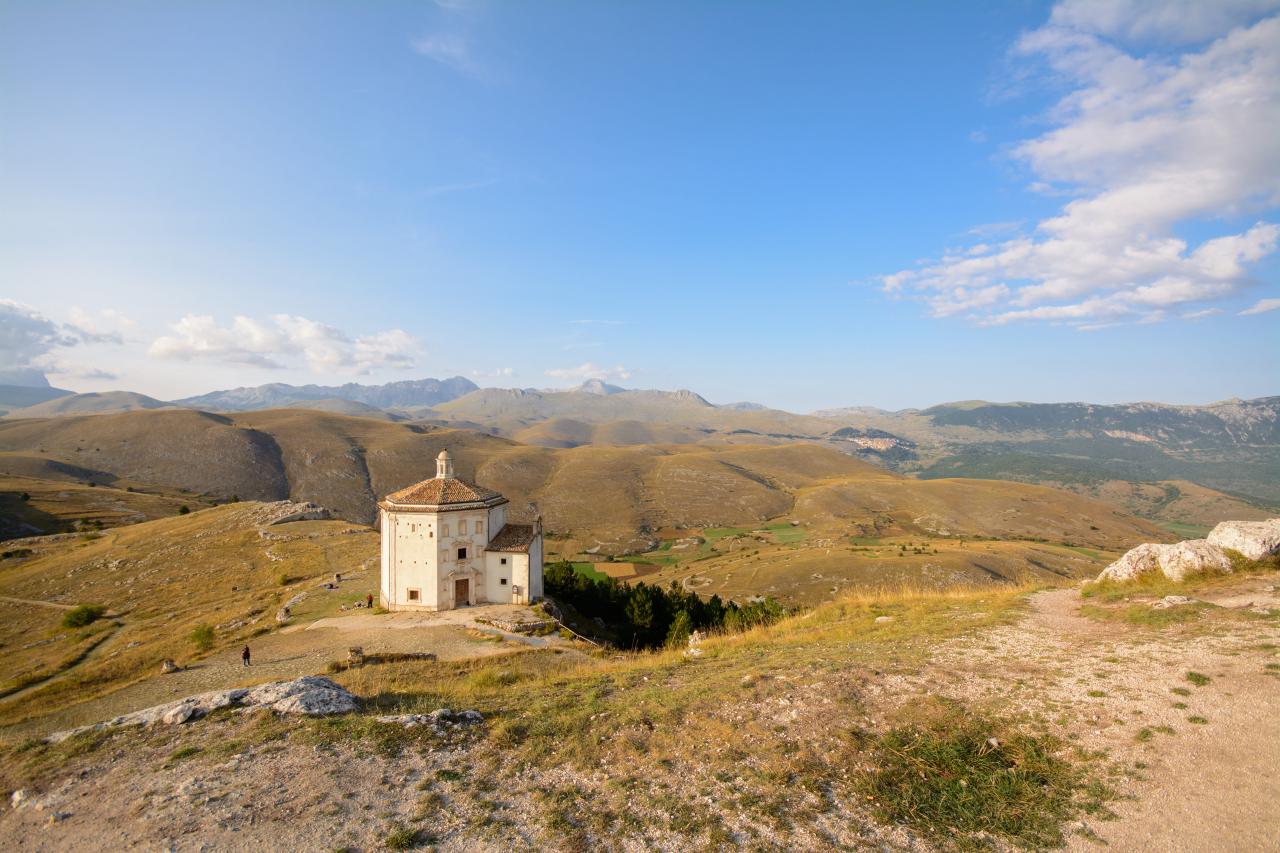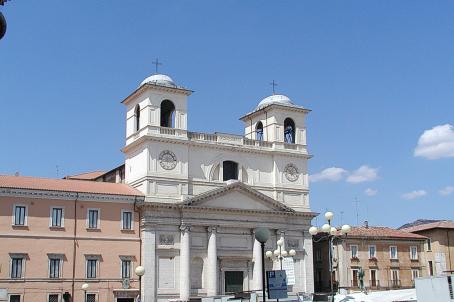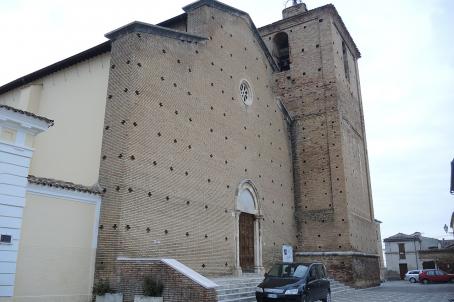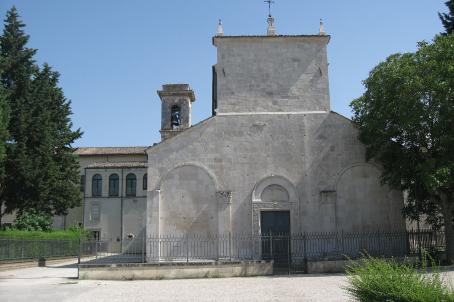Church of Santa Maria della Pietà
The church of Santa Maria della Pietà was founded in 1596 on a pre-existing Renaissance building. It has an octagonal exterior structure. The main portal, closed by a wooden door, is in Baroque style and faces south, surmounted by an arched tympanum interrupted by a small aedicula; to the right and left are two other small aedicula, also empty.






